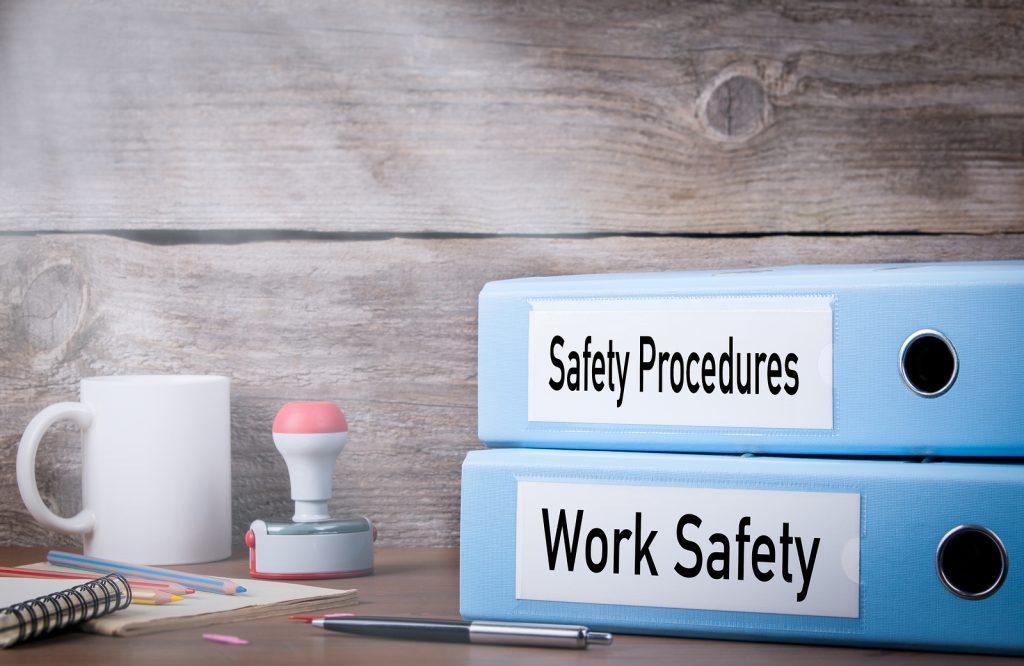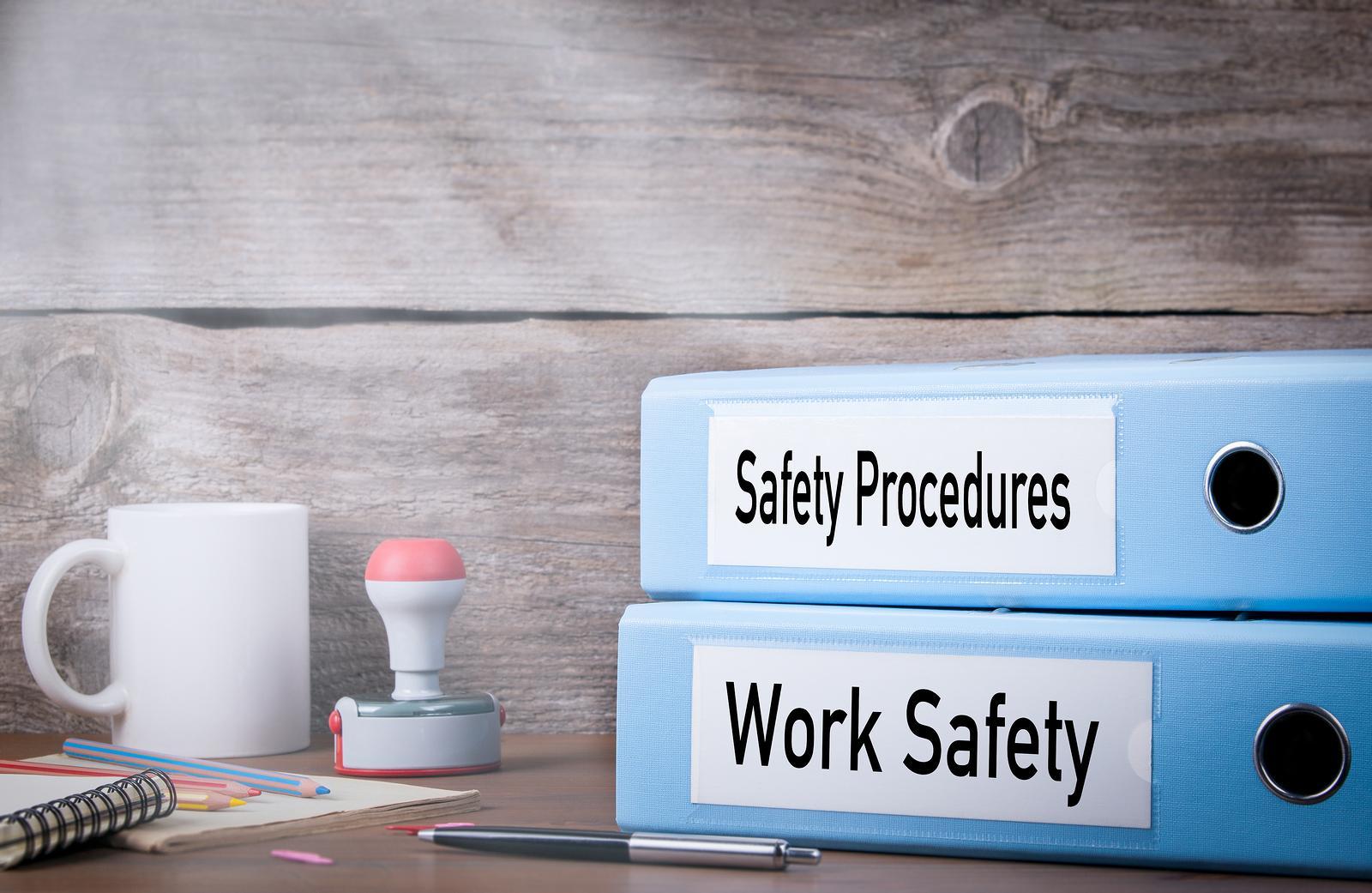Just because your business isn’t big enough to have a health and safety department, that doesn’t mean you can ignore health and safety. It’s important for employee welfare and depending on the size of your business, having a written health and safety policy in place may be a legal requirement.
Stay legal
Section 2 of the Health and Safety at Work etc. Act 1974 requires employers of five or more people to have a written health and safety policy.
Your policy should be specific to your business, setting out your general policy for protecting the health and safety of your employees at work, your organisation and arrangements for putting the policy into practice. It should I clearly say who does what, when and how.
Although legally, a safety policy only needs to address employees’ safety, it’s also good practice to include statements about the safety of other people on the premises e.g. contractors, visitors etc., or anyone who may be affected by the work activities of your company.
Not sure what to put in your health and safety policy or how to write it? No problem. The Health and Safety Executive (HSE) provide an example health and safety policy to give you an idea of what to include. They also provide handy templates for your policy.
Putting policy into practice
Once you’ve written it, you can’t just pop it in the filing cabinet and forget about it. It’s up to you to bring it to the notice of all employees and bring any revisions to their attention as well. It’s good practice to include it in your employee induction procedure and to ask employees to sign that they’re read and understood it.
And yes, revisions will be needed at some time. You should review your health and safety policy at least once a year, and any time your premises, equipment, practices or employee needs change.
Safety equipment such as fire extinguishers, smoke alarms and first aid kits should be maintained and checked regularly. A smoke alarm with a dead battery is no better than not having one at all.
Don’t forget to hold fire drills; these may seem unnecessary, but they can highlight problems. In larger premises with several areas and/or exits, it can be an interesting exercise to keep a laminated fire symbol that you stick on a different exit each time, indicating it can’t be used because it’s blocked by the ‘fire’. #
This stops employees becoming complacent and makes them think about where their next nearest exit is, as they may have to in a real-life situation: in a real fire, it’s likely that at least one exit may not be accessible (or the most sensible choice). Unless you work in a one or two-room space with only one exit, evacuation maps that indicate routes to the nearest fire exit should be displayed.
As your company grows, you may want to consider paying a responsible employee an honorarium (normally an annual payment) to take on the role of health and safety officer. They will be responsible for organising regular equipment and electrical safety checks and fire drills etc., as well as ensuring that both the business and employees abide by your health and safety policy.
Have you got a health and safety and policy in place? As you write or review it, consider what training you and/or your employees might need, such as fire safety, heavy lifting and first aid. Keep this training up-to-date and retain a copy of all training certificates.
Visit the HSE website for a wealth of information on training, workplace facilities, employee consultation, first aid and controlling risk.





Leave a Reply